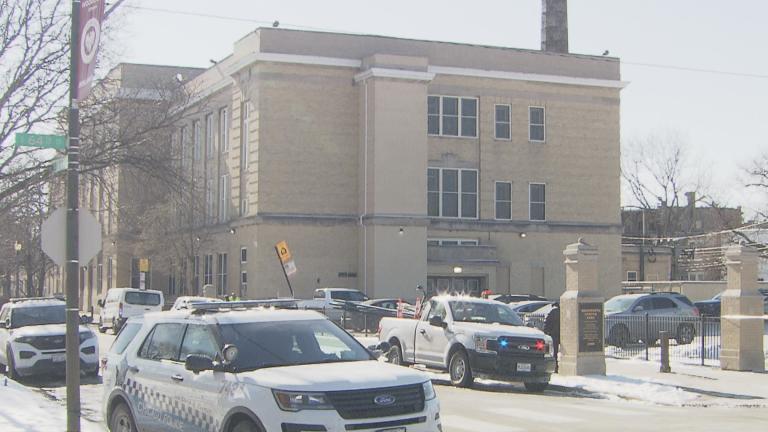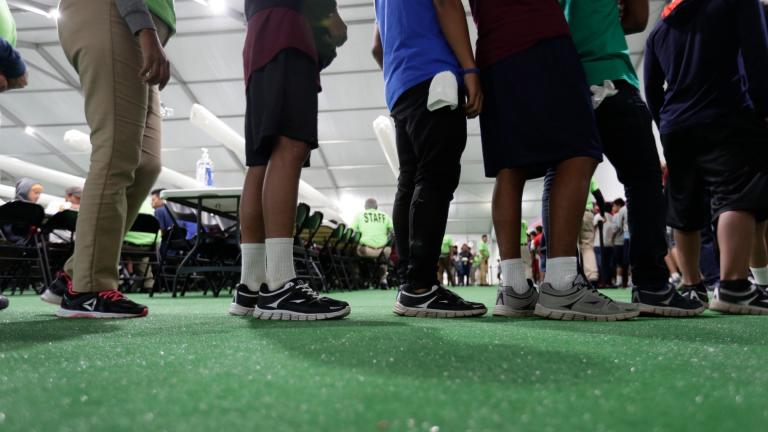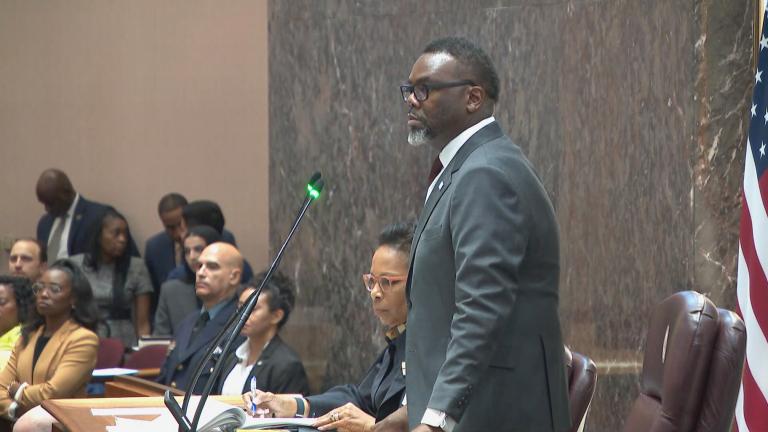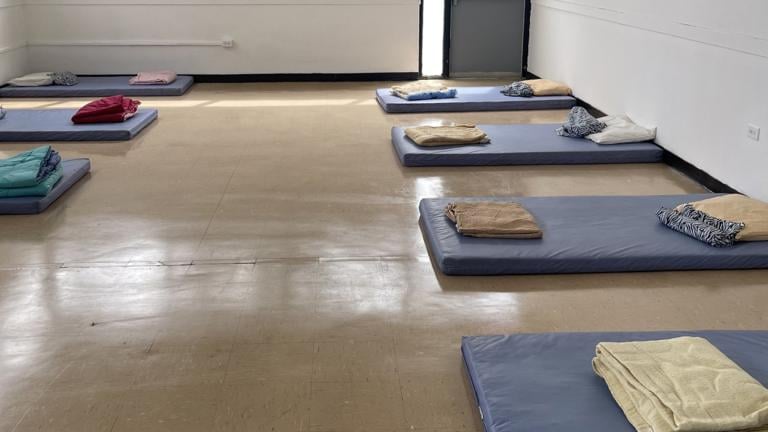A community meeting Thursday evening on plans to turn a former high school in the South Shore neighborhood into a temporary shelter for migrants got tense.
“Build the wall. Make a border.” “Put them on the North Side.” Those were some of the words attendees shouted during the meeting at South Shore International College Preparatory High School. City officials hosted the form to detail their plans to turn the former South Shore High School building, 7627 S. Constance Ave., into a respite center.
“There’s more than 300 migrants waiting in police stations across the city,” said Nubia Willman, chief engagement officer for the city’s Office of Community Engagement.
Dozens of residents from the area and neighboring communities attended the capacity event. According to the city, the plan is to use the first floor of the former high school, giving 500 asylum seekers a space to stay temporarily as local efforts continue to find shelter for them.
“Why would you do that without asking us about our input to the people who leave right in front of the South Shore school? 250 people, give me a break,” one local resident said.
City officials responded by saying they have looked at more than 200 locations but many are in need of major repairs. The former South Shore High School has been occupied by the Chicago Police Department as a training center. Residents echoing their frustrations said the neighborhood has pushed to have the building reserved for a community space.
As for how long migrants are expected to stay, city officials didn’t have an answer but said the process can take time as migrants settle and file for immigration relief. Emphasizing that the location is not a shelter but will be used as a facility where migrants can rest, shower and get something to eat before finding a shelter.
“Where is the money coming from?” an attendee asked. “Migrants don’t pay taxes. I understand helping people but you have to start with your own home. Why don’t we have those resources with what’s happening here.”
Many residents who asked questions touched on the crime in the neighborhood. Other concerns centered on the lack of resources in the community when it comes to investment and programming for adults and youth.
The panel consisting of city officials, law enforcement officers and local organizations had turns to answer more than a dozen questions. They stated the plan is to have 24-hour policing. As for programming, they plan to partner with city intuitions to offer ESL classes as well as bring in activities for children.
The debate over the plan comes as Chicago officials have been struggling to find temporary housing for the hundreds of asylum-seekers arriving to the city daily. A crisis many residents at the Thursday meeting stated they empathize with but can’t accept in their neighborhood.








